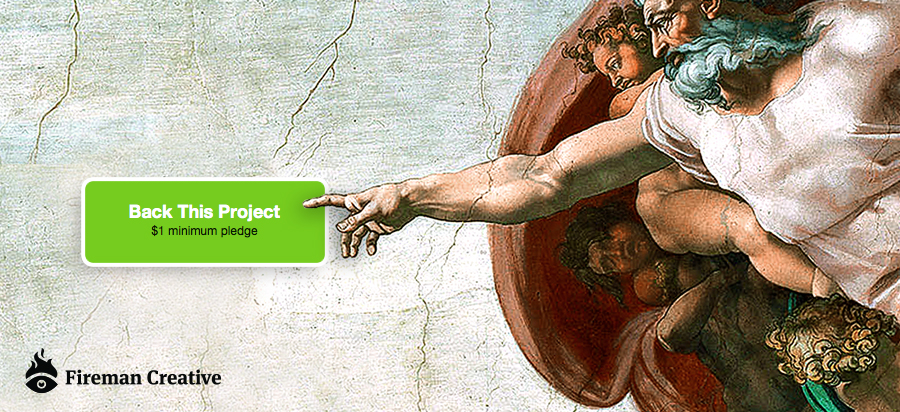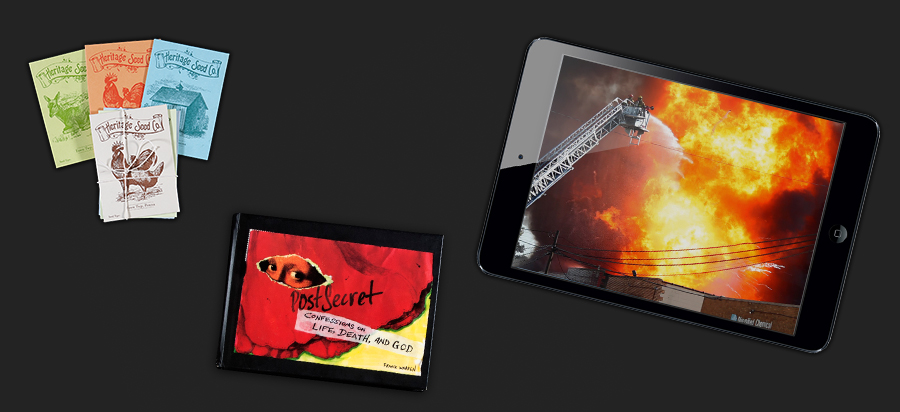Crowdfunding’s Big Bang

This month, we’ve covered various examples of crowdfunding in our Innovation Inspiration series: Heritage Seeds’ quest to protect endangered seeds, the PostSecret Soldiers’ Secrets video, and Denis Leary’s use of celebrity to promote Burn, a documentary produced by Apostle NYC.
Crowdfunding, in its various incarnations, has been around for a long time. As far back as the 1700s, a microlending program called the Irish Loan Fund helped impoverished Irish families obtain loans that they could not otherwise afford.
More recently, in the 1970s Dr. Mohammad Yunus provided micro-loans to women in Bangladesh to aid in their self-employment. His project, which became Grameen Bank, was extremely successful. Within five years the bank helped over 30,000 members.
In 2005, Kiva.org, the first micro-lending website, was formed. The site enables individuals to lend money to low-income entrepreneurs all over the world. Recipients post a short bio and pictures so that lenders feel a personal connection, a method that today’s crowdfunding sites use.
Finally, in 2007, Indiegogo launched, focusing on artistic and musical pursuits, and in 2009 Kickstarter went live. Crowdfunding exploded.

Crowdfunding is intimately tied to social media. The more a project is updated and publicized through social media, the higher its success rate. With ten Facebook friends, the probability of reaching a funding goal is 9%. It increases to 20% with 100 friends, and to 40% with 1,000 friends. Crowdfunding combines good design, effective marketing and engaging social media–three of our favorite things!
Kickstarter has funded over 55,000 projects and drawn in over 5.5 million backers who have made 13 million pledges. It’s changing the way that entrepreneurs, dreamers and artists find funding. Pittsburgh chef Kevin Sousa recently crowdfunded a restaurant that will open in Braddock, a food desert. The menu will include local, organic foods and two menus with different prices so that people of all income levels can join in. We were excited about this initiative and contributed to the campaign, which raised $60,000 more than its goal.
Crowdfunding sites are spawning as fast as the projects they are funding, with Kickstarter, Indiegogo, RocketHub, and Fundable, to name just a few. The exciting news is that crowdfunding works and delivers more than just dollars–it creates buzz.
 Fort Ligonier Days: 60th Anniversary
Fort Ligonier Days: 60th Anniversary  JCC PGH: Center for Loving Kindness
JCC PGH: Center for Loving Kindness  Wagner Agency
Wagner Agency  OBID: You Are Here
OBID: You Are Here  Breathe Project
Breathe Project
Be the first to comment!